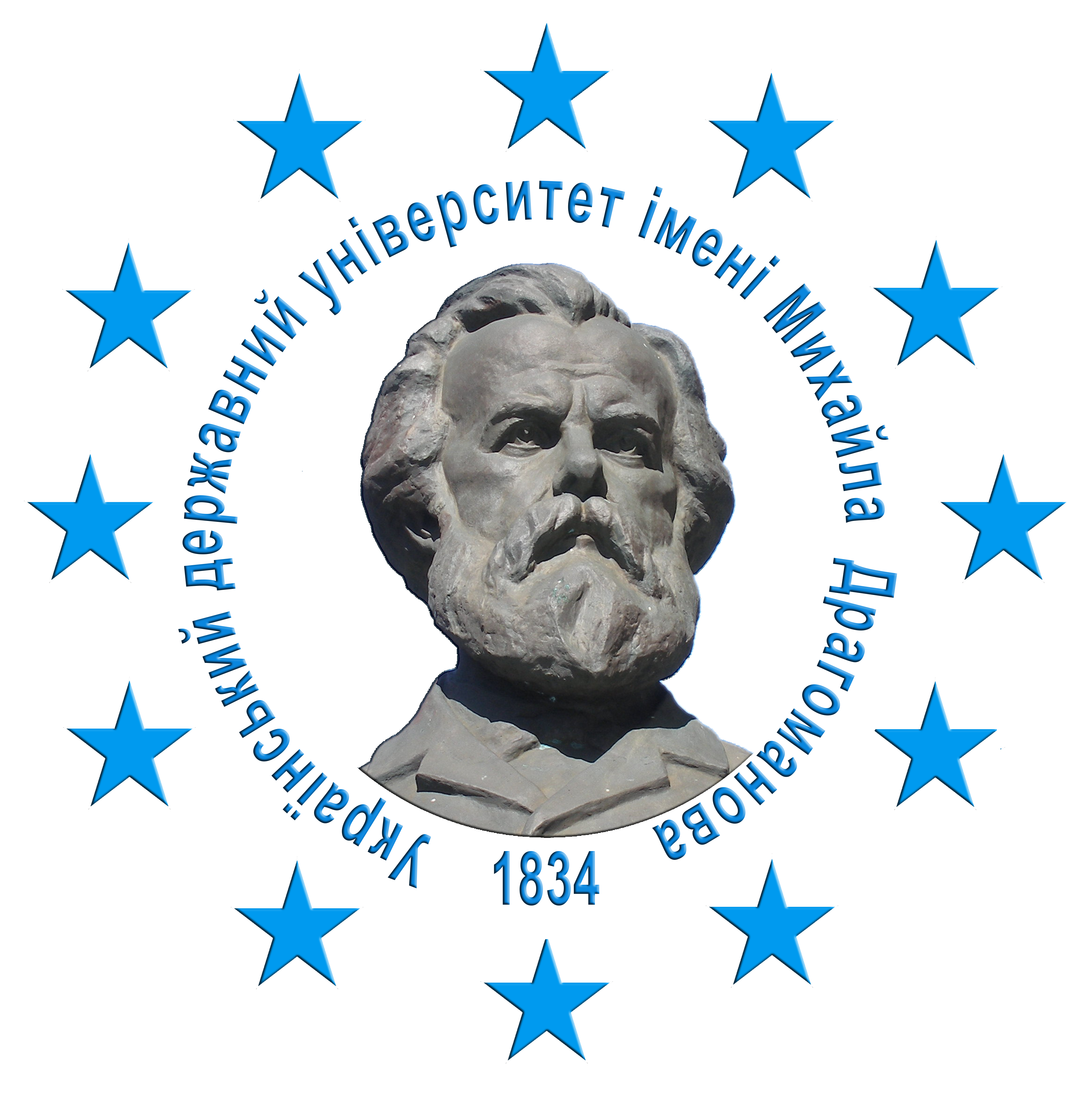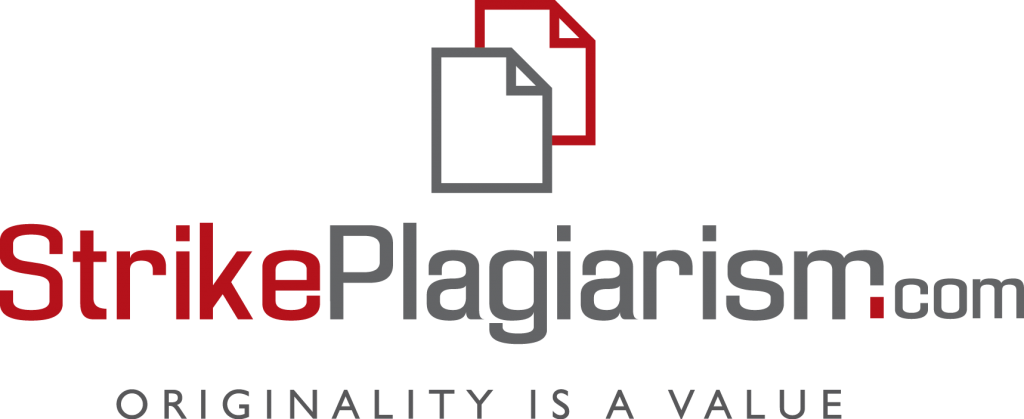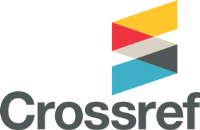EFFECTIVENESS OF VIRTUAL EXPERIMENTS IN PHYSICS TEACHING IN THE CONTEXT OF MARITIME EDUCATION
DOI:
https://doi.org/10.32782/NPU-VOU.2025.2(97).13Keywords:
maritime education, physics, laboratory classes, virtual laboratories, simulation, combined approach, digital technologiesAbstract
The article is devoted to the urgent problem of modernizing the methodology of teaching physics in maritime higher education institutions through the implementation of digital laboratories and simulators. The research substantiates the need for a combined approach that combines real and virtual experiments to improve the effectiveness of training future maritime specialists. The authors analyze the specific features of training maritime personnel who work in conditions of increased responsibility, where the understanding of physical processes is directly related to the safety of navigation. The paper identifies the main advantages of the combined approach: increasing the realism and safety of training, forming complex professional competencies, ensuring flexibility and economic efficiency, increasing the motivation of cadets, and the possibility of individualizing training. Based on the analysis of the professional requirements of the STCW Convention and training programs, the most relevant topics for virtual experimentation were selected: fluid mechanics and hydrostatics, wave mechanics, thermodynamics, and electromagnetism. Detailed methodological recommendations for organizing a laboratory lesson on the topic “Ship Stability” using a combined approach are presented.
References
Барильник-Куракова, О.А., & Коробова, І.В. (2020). Міждисциплінарні зв’язки як провідний принцип підготовки фахівців у морській галузі. Професіоналізм педагога: теоретичні й методичні аспекти, Вип. 13, С. 57–72.
Калініченко, Є.В., Томчаковський, Г.Г., & Оберто Сантана, Л.Е. (2024). Вплив технологій віртуальної реальності на якість та ефективність професійної підготовки судноводіїв. Водний транспорт: зб. наук. пр., № 2 (40), С. 128–142. URL: https://vt.duit.in.ua/index.php/home/article/view/344
Піпченко, О.Д., & Конон, Н.М. (2023). Удосконалення методів морської професійної підготовки шляхом залучення сучасних технологій. Судноводіння (Shipping & Navigation), 35, 128–142. https://doi.org/10.31653/2306-5761.35.2023.128-142
Ala, A., Hamidi, N., Yoniessa, S., Masito, F., & Muis, M. A. (2024). Simulationbased learning in maritime training: enhancing competency and preparedness. METEOR: Maritime Education Training and Operation Research, 17(1). URL: https://ejournal.stipjakarta.ac.id/index.php/meteor/article/view/361/274
Buenaobra, N. A., Dela Cerna Jr., E., Go, C. N., & Ramos III, S. (2018). Impact of virtual reality in maritime education and training: The case of the Maritime Academy of Asia and the Pacific. International Journal on Open and Distance e-Learning. Vol. 4, № 2. p. 1–16. URL:
https://ijodel.upou.edu.ph/index.php/ijodel/article/view/58
Elsayed, A. M., & Ibrahim, H. S. (2024). Examining the effect of full-mission simulation training on the safety and education in the maritime sector. Maritime Research and Technology, 3(2), 142–149. https://doi.org/10.21622/MRT.2024.03.2.983
International Maritime Organization. (2019). STCW Convention and Code: Competency Requirements for Seafarers. URL: https://www.imo.org/en/OurWork/HumanElement/Pages/STCW-Convention.aspx
Miyusov, M. V., Nikolaieva, L. L., & Smolets, V. V. (2022). The effectiveness of immersive learning in maritime education and training. Transactions on Maritime Science, 11(2), 263–274. https://doi.org/10.7225/toms.v11.n02.014
Sellberg, C., Nazari, Z., & Solberg, M. (2024). Virtual Laboratories in STEM Higher Education: A Scoping Review. Nordic Journal of Systematic Reviews in Education, 2, 58–75. https://doi.org/10.23865/njsre.v2.5766
Voloshynov, S. A., Zhuravlev, F. M., Riabukha, I. M., Smolets, V. V., & Popova, H. V. (2021). Application of VR technologies in building future maritime specialists’ professional competences. CEUR Workshop Proceedings. Vol. 2898. С. 68–79. URL: https://ceur-ws.org/Vol-2898/paper03.pdf








